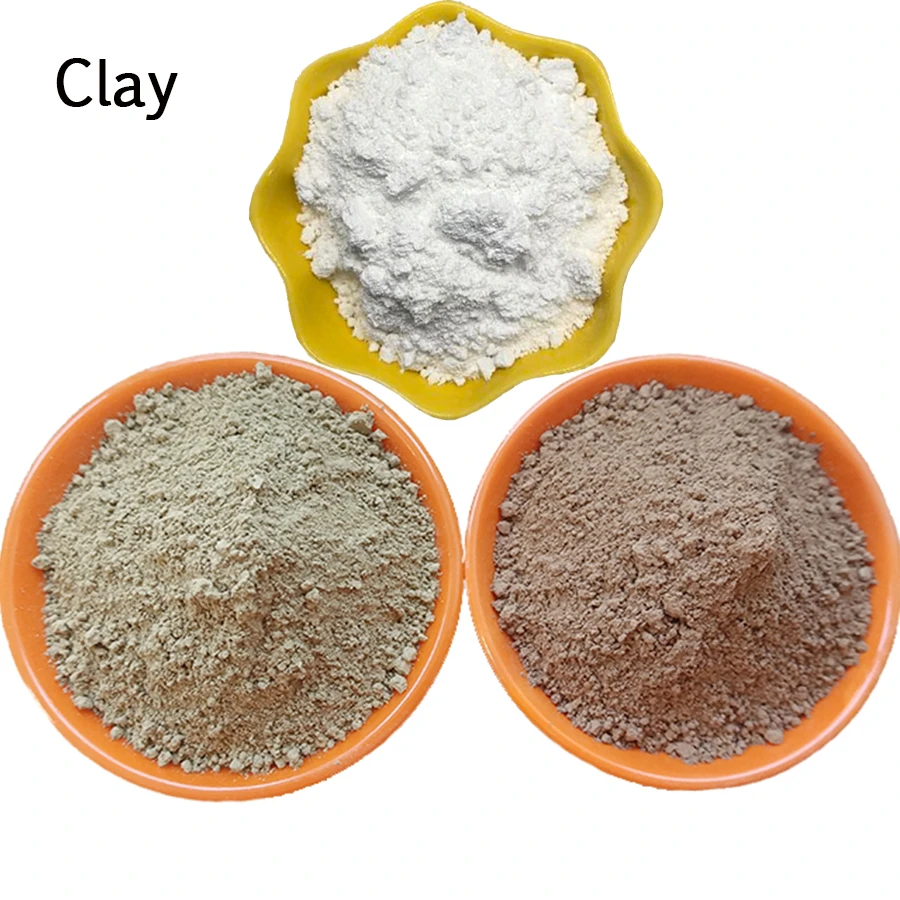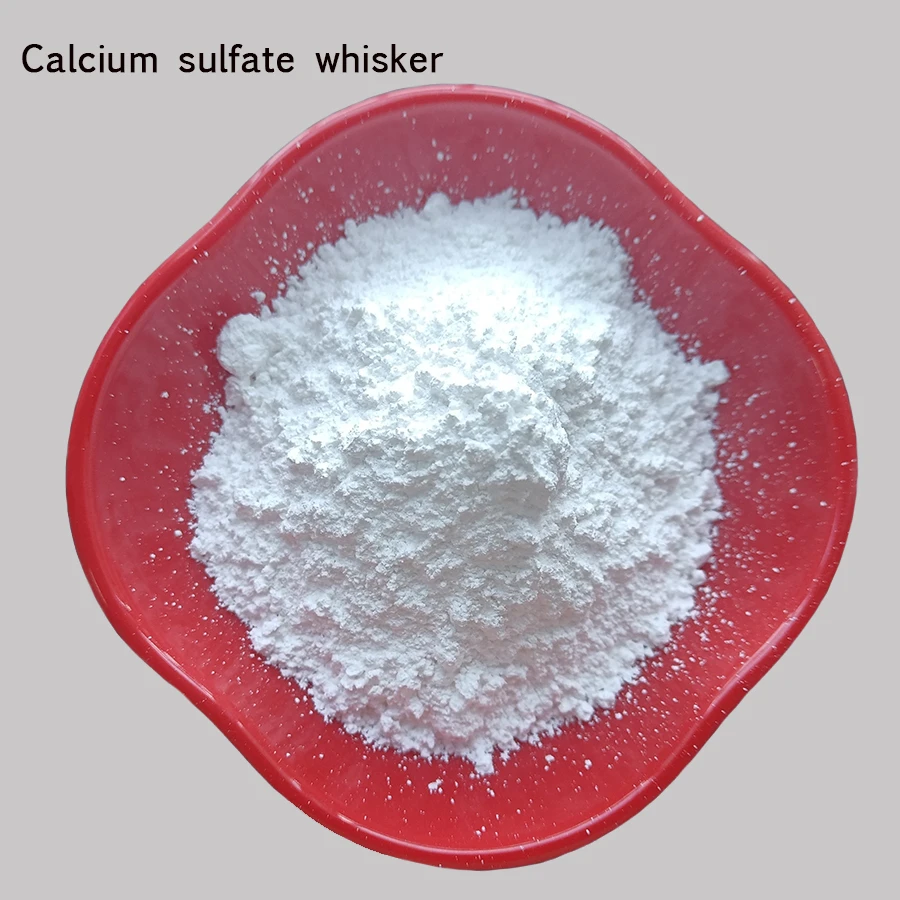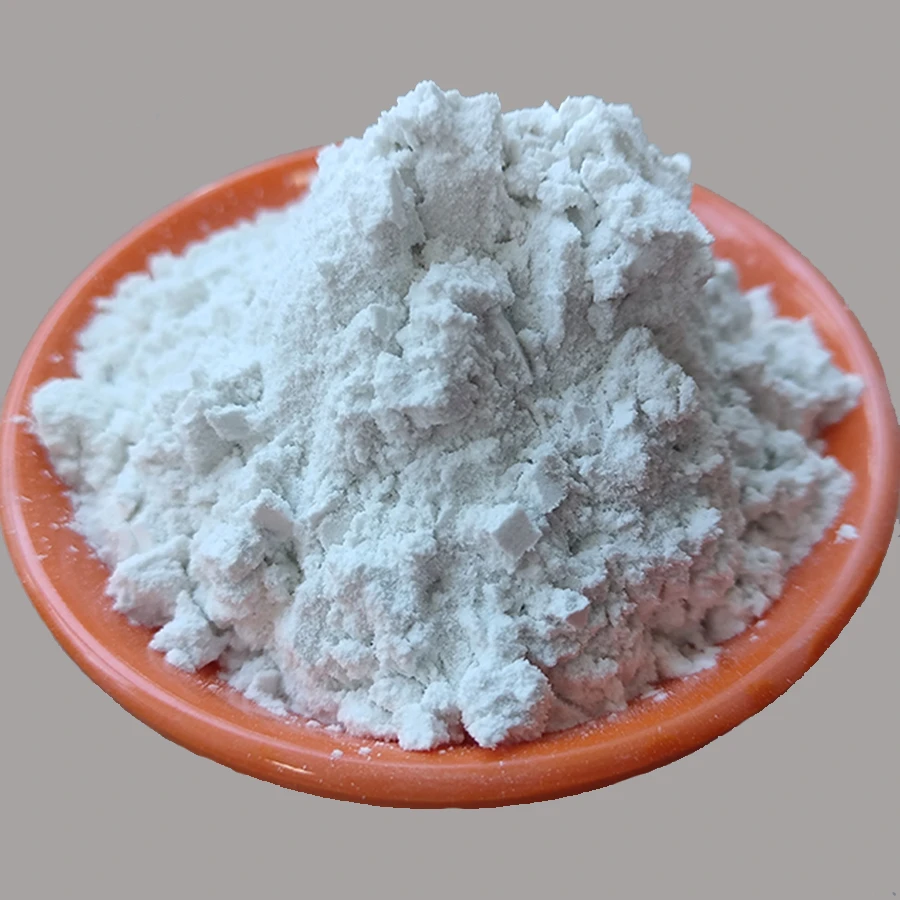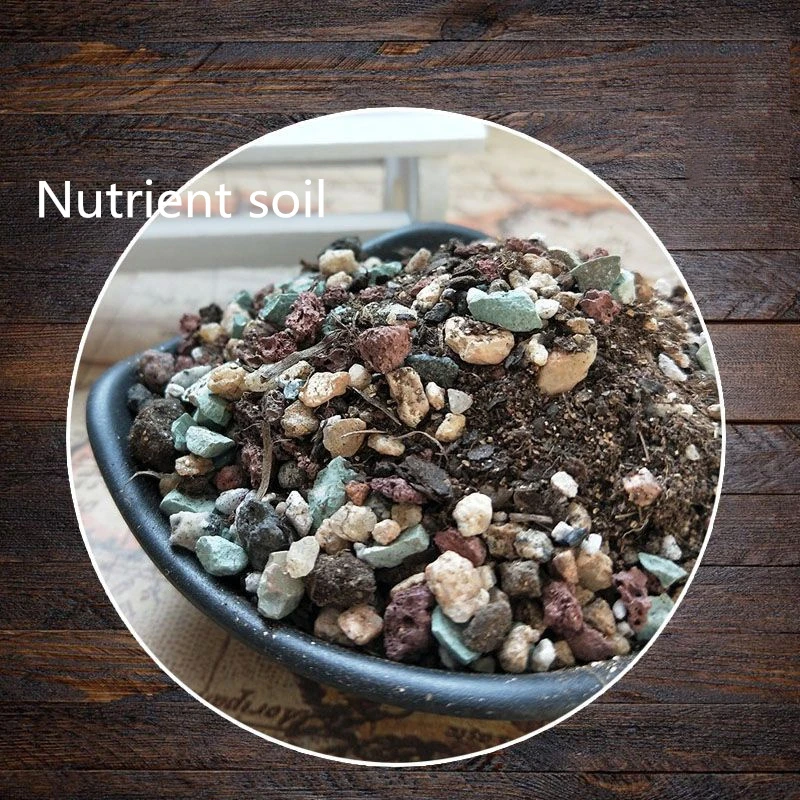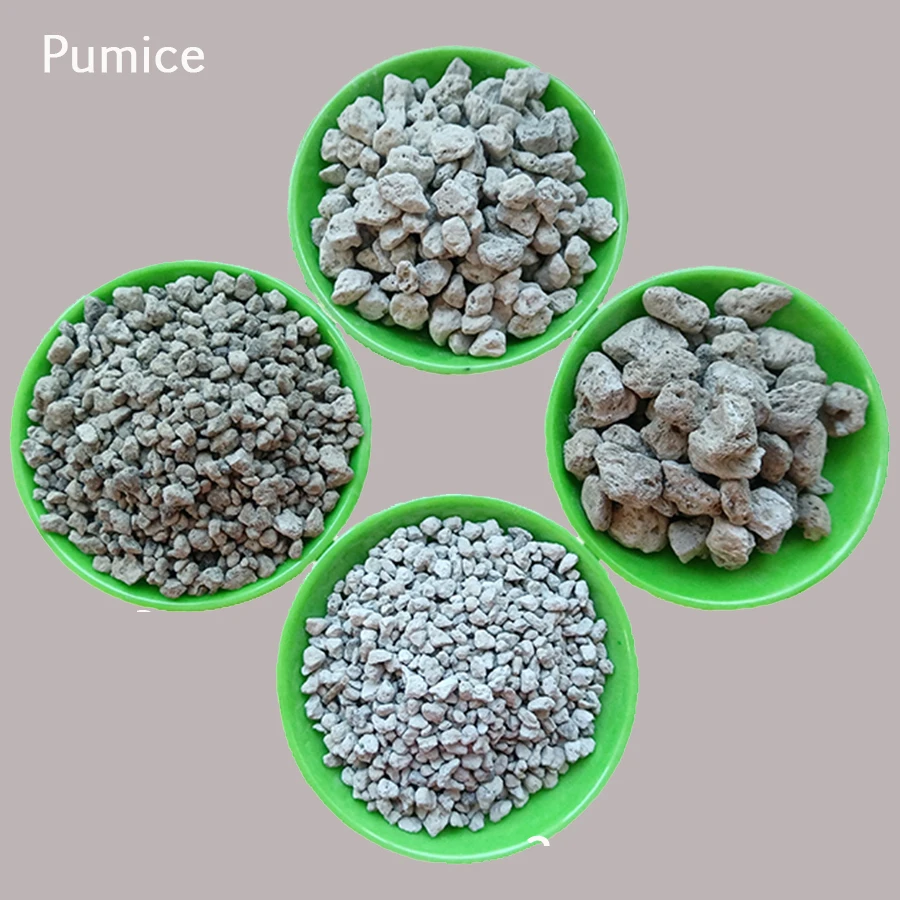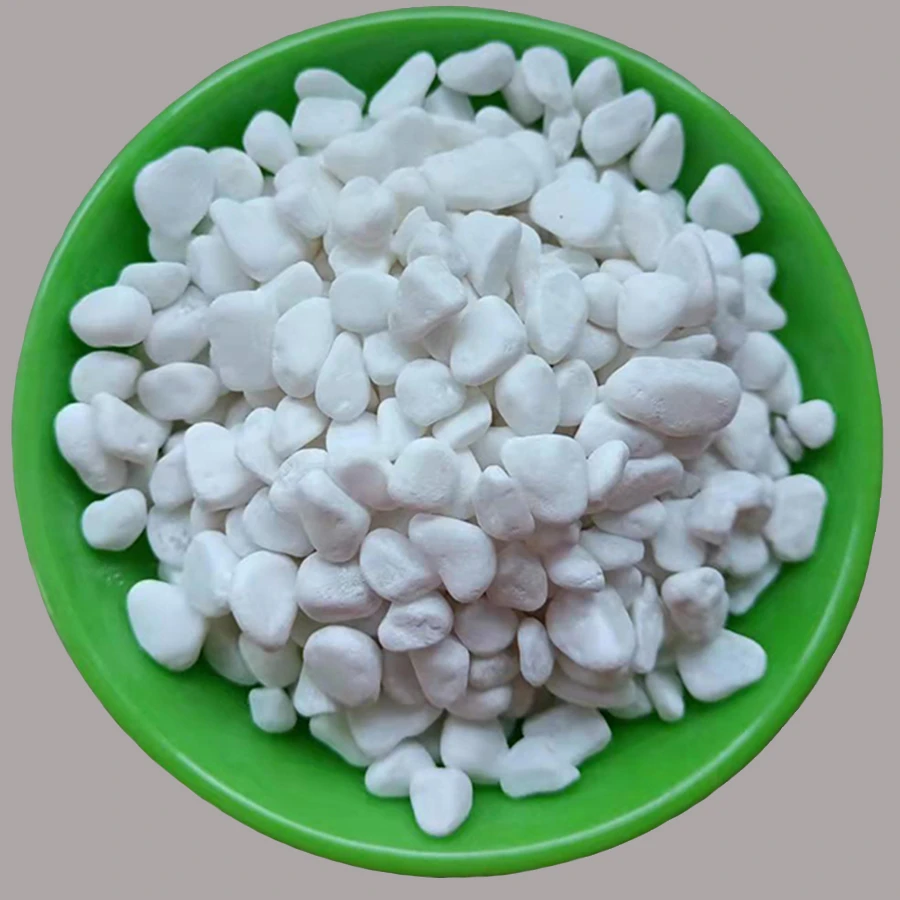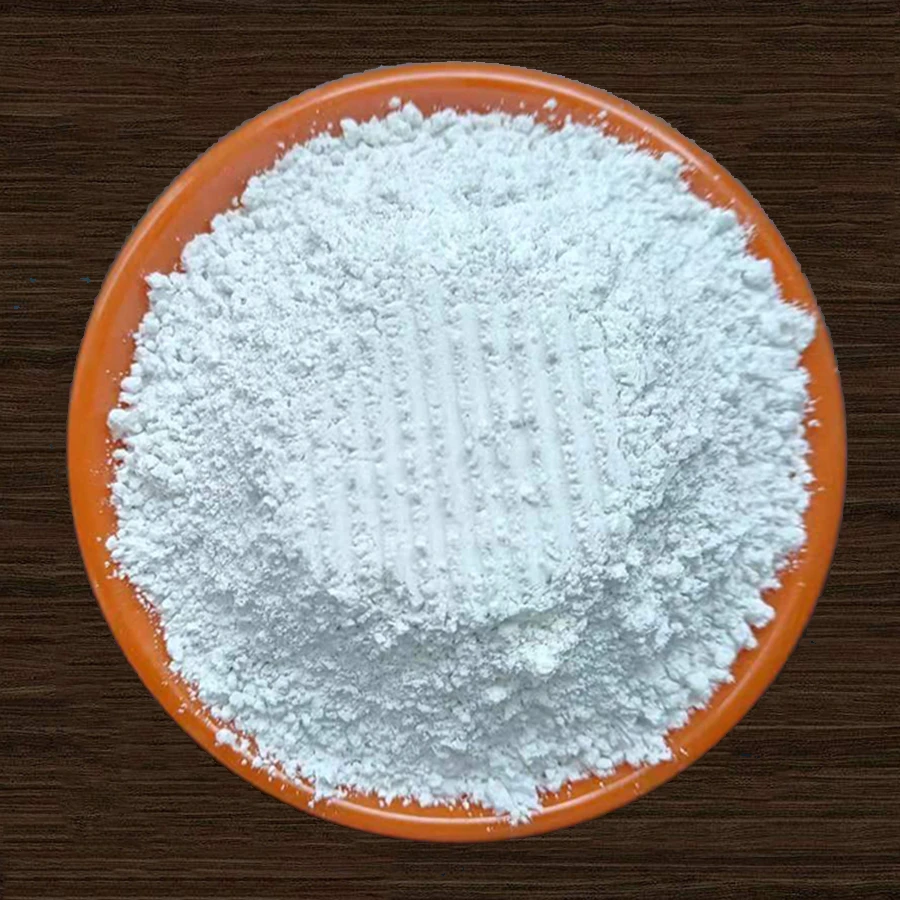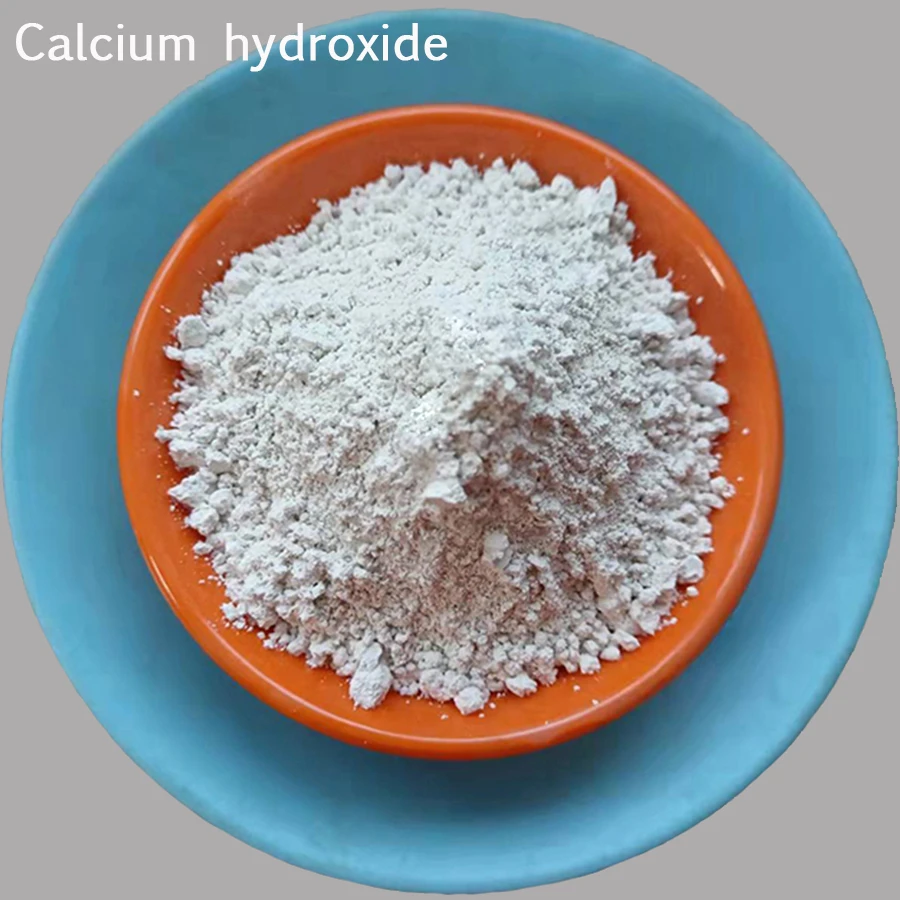
- Afrikaans
- Albanian
- Arabic
- Belarusian
- Bengali
- Czech
- Danish
- Dutch
- English
- Finnish
- French
- Galician
- German
- Greek
- Hebrew
- Hungarian
- Indonesian
- irish
- Italian
- Japanese
- Javanese
- kazakh
- Khmer
- Rwandese
- Korean
- Kyrgyz
- Lao
- Latin
- Latvian
- Lithuanian
- Malay
- Maltese
- Mongolian
- Myanmar
- Norwegian
- Persian
- Polish
- Portuguese
- Romanian
- Russian
- Serbian
- Slovak
- Spanish
- Swedish
- Tagalog
- Thai
- Turkish
- Ukrainian
- Vietnamese
- Welsh
Why Leading Industries Trust SiC Refractory: A Deep Dive Into Performance & Value
Have you ever seen a production line grind to a halt due to refractory failure? Unfortunately, that scene is all too common. Over 50% of plant breakdowns in high-temperature industries trace back to unreliable linings. The data is clear: compromised refractories mean lost revenue and wasted hours. Does your current solution survive temperatures over 1600&8451;? If not, you’re risking more than just a simple repair bill.
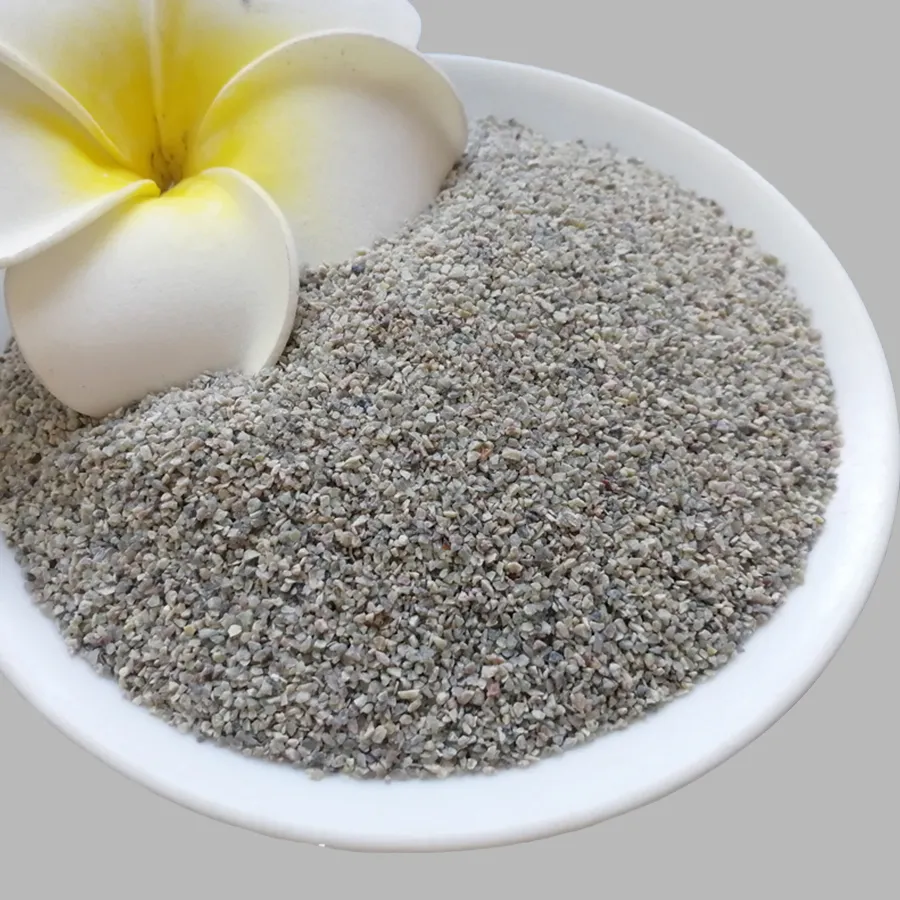
(sic refractory)
Next-Gen Technology: The Power of SiC Refractory
Silicon carbide—commonly known as SiC refractory—is changing the rules of the game. Providing heat resistance up to 1800&8451;, it shrugs off strong acids, bases, and even molten metals. Its thermal conductivity is twice that of traditional alumina. It means faster heat transfer, improved energy efficiency, and lower running costs for you.
Unlike conventional firebricks, SiC offers low thermal expansion. This minimizes cracking during rapid temperature changes. Result? Longer lining life and steady output—season after season. And when you pair it with vermiculite refractory for insulation, your operations gain both strength and thermal shock resistance. Why settle for yesterday’s tech when your business needs tomorrow’s solutions now?
Vendor Comparison: SiC, Vermiculite & Traditional Refractory
Not sure which refractory fits your unique process? Let’s break it down with real specs.
Notice a trend? SiC refractory dominates in durability, thermal conductivity, and resilience. And with our proprietary blends, you get consistent quality and reliable delivery.
Custom Refractory Solutions: Built for Your Needs
Every high-temp process is unique. So why choose one-size-fits-all? We offer full customization for silicon carbide refractory, vermiculite refractory, and hybrid linings. Our engineering team works with you—from design to installation. You’ll benefit from CAD-optimized dimensions, expert onsite analysis, and rapid prototype turnaround.
Need anti-wear linings for metallurgy? Or lightweight vermiculite panels for glassmaking? We deliver to spec. Fast lead times, strict quality control—because downtime isn’t an option. Don’t just order; partner with experts who protect your bottom line.
Proven Results: Real-World Case Studies
Want real proof? Here's what our customers achieve.
- Steel Plant, Ohio: Upgraded to SiC refractory in blast furnace linings. Result: Reduced maintenance by 80% in first year.
- Ceramics Factory, Texas: Switched to silicon carbide shelves. Firing cycles cut by 15%, lowering annual gas costs by $60,000.
- Glassworks, Japan: Combined vermiculite refractory insulation with SiC. Achieved maximum productivity with minimal heat loss.
These aren’t just numbers. They’re proof you can bank on.
Power Your Future — Choose [YourBrand] SiC Refractory Today!
The era of routine refractory replacements is over. For fewer shutdowns and more profits, it’s time to rethink your lining. [YourBrand] delivers the toughest SiC refractory, innovative vermiculite refractory, and 1-on-1 engineering guidance. Ready to push your plant to the next level?
Act now. Contact us for a zero-obligation quote and sample kit—discover the next generation of high-temperature performance!
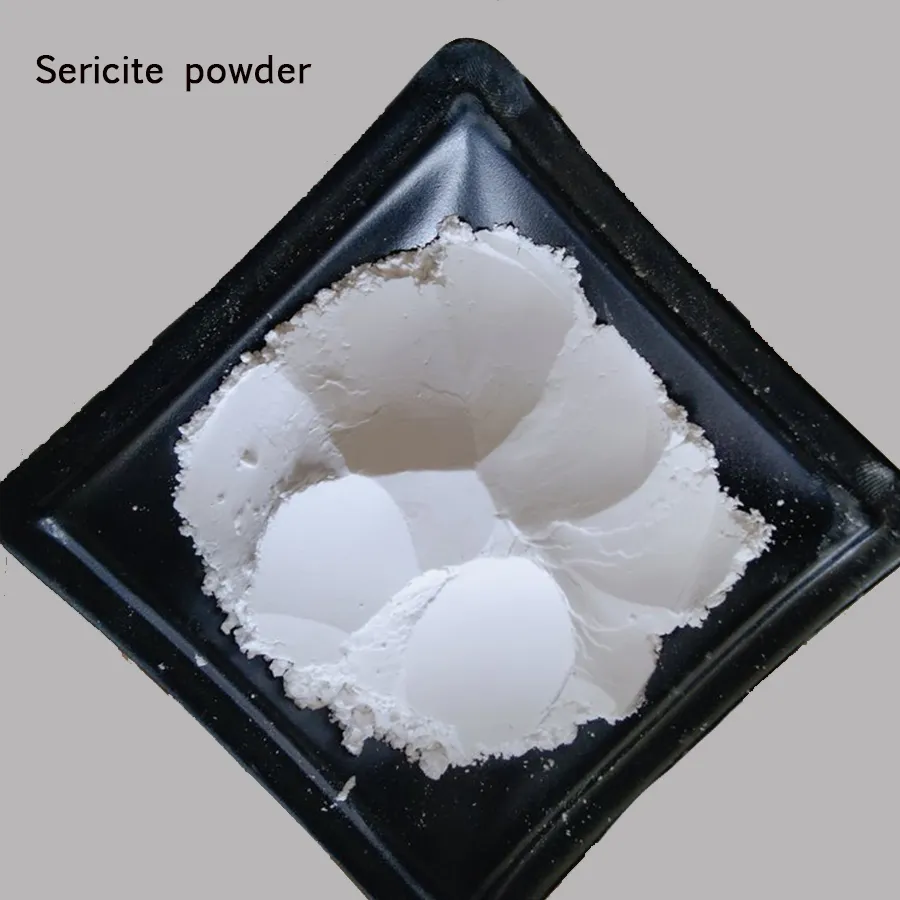
(sic refractory)
FAQS on sic refractory
Q: What is SIC Refractory?
A: SIC refractory refers to silicon carbide refractory, a material known for excellent thermal conductivity and resistance to thermal shock. It is commonly used in high-temperature industrial processes. Silicon carbide refractories are preferred for their durability in harsh environments.Q: How does vermiculite refractory differ from silicon carbide refractory?
A: Vermiculite refractory is a lightweight, insulating material, while silicon carbide refractory is valued for strength and heat resistance. Vermiculite is ideal for insulation, whereas SIC is best for direct contact with extreme heat. Each serves unique roles in furnace linings and industrial applications.Q: What are the key advantages of silicon carbide refractory?
A: Silicon carbide refractory offers high thermal conductivity, superior mechanical strength, and excellent abrasion resistance. It is ideal for applications requiring stability at high temperatures. Additionally, SIC refractories withstand corrosive environments better than many alternatives.Q: Can SIC refractory be used with molten metals?
A: Yes, SIC refractory is highly suitable for contact with molten metals due to its non-reactive nature and thermal shock resistance. It helps extend equipment life in foundries and metallurgical industries. This makes SIC refractory a popular choice for crucibles and furnace linings.Q: When should I choose vermiculite refractory over SIC refractory?
A: Choose vermiculite refractory when insulation and low-density materials are required, especially in areas not directly exposed to intense heat or abrasion. Use SIC refractory where high thermal conductivity and durability under severe temperatures are essential. The decision depends on application needs and operating conditions.Related News



